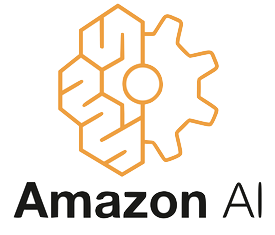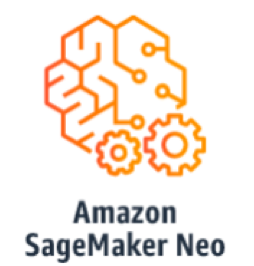zhreshold / Iccv19 Gluoncv
Labels
Projects that are alternatives of or similar to Iccv19 Gluoncv
ICCV 2019 Tutorial: Everything You Need to Know to Reproduce SOTA Deep Learning Models
Time: Sunday, October 27, 2019. Half Day - AM (0800-1215)
Location: Auditorium, [COEX Convention Center](https://goo.gl/maps/VKDgLyYf8NDC1e4E6)
Presenter: Zhi Zhang, Sam Skalicky, Muhyun Kim, Jiyang Kang
Abstract
Deep Learning has become the de facto standard algorithm in computer vision. There are a surge amount of approaches being proposed every year for different tasks. Reproducing the complete system in every single detail can be problematic and time-consuming, especially for the beginners. Existing open-source implementations are typically not well-maintained and the code can be easily broken by the rapid updates of the deep learning frameworks. In this tutorial, we will walk through the technical details of the state-of-the-art (SOTA) algorithms in major computer vision tasks, and we also provide the code implementations and hands-on tutorials to reproduce the large-scale training in this tutorial.
Agenda
| Time | Title | Slides | Notebooks |
|---|---|---|---|
| 8:00-8:15 | Welcome and AWS Setup(Free instance available) | link | |
| 8:15-8:40 | Introduction to MXNet and GluonCV | link,link | |
| 8:40-9:00 | Deep Learning and Gluon Basics (NDArray, AutoGrad, Libraries) | link,link | |
| 9:00-9:30 | Bag of Tricks for Image Classification (ResNet, MobileNet, Inception) | link | link |
| 9:30-10:00 | Bag of Freebies for Object Detectors (SSD, Faster RCNN, YOLOV3) | link | link |
| 10:00-10:30 | Semantic segmentation algorithms (FCN, PSPNet, DeepLabV3, VPLR) | link | link |
| 10:30-11:00 | Pose Estimation(SimplePose, AlphaPose) | link | link |
| 11:00-11:30 | Action Recognition(TSN, I3D) | link | |
| 11:30-12:00 | Painless Deployment (C++, TVM) | link | link,link |
| 12:00-12:15 | Q&A and Closing |
Q&A
Q1: How do I setup the environments for this tutorial?
A1: There will be all-in-one AWS SageMaker notebooks available for all local attendees, you need to bring your laptop and have a working email to access the notebooks.
Q2: How do I setup the environment in SageMaker after this tutorial?
A2: You can use lifetime-config to create sagemaker notebook instance using this lifetime-config. Make sure you have more than 30G disk space for the new notebook instance.
Organizers
Hang Zhang, Tong He, Zhi Zhang, Zhongyue Zhang, Haibin Lin, Aston Zhang, Mu Li


